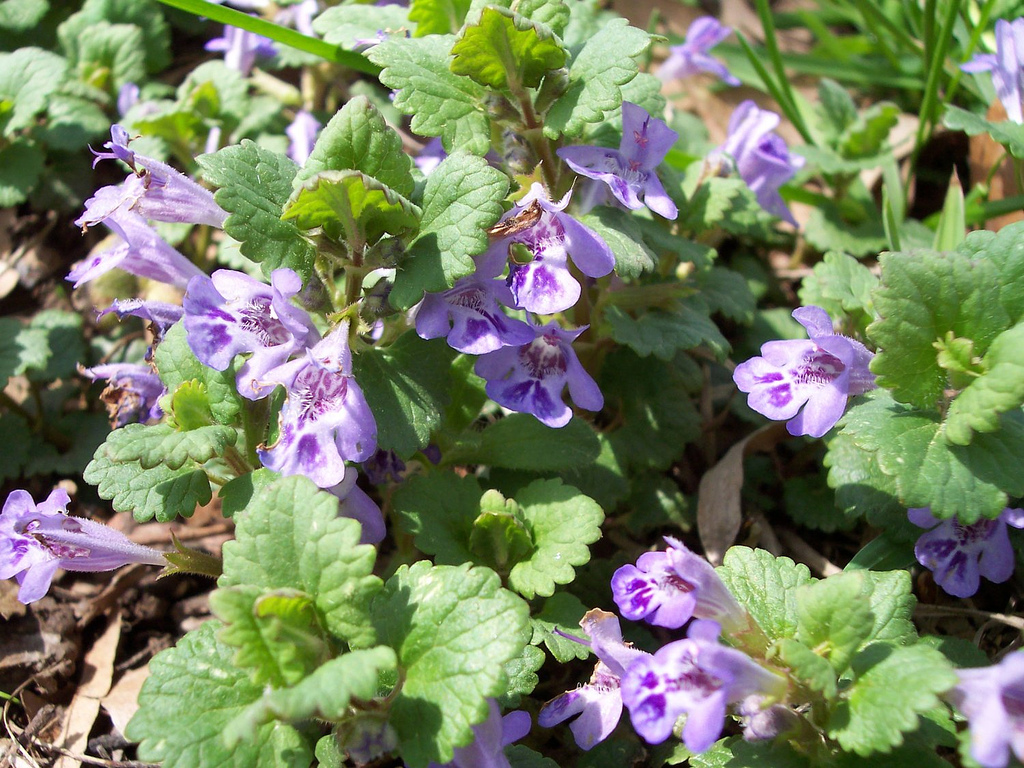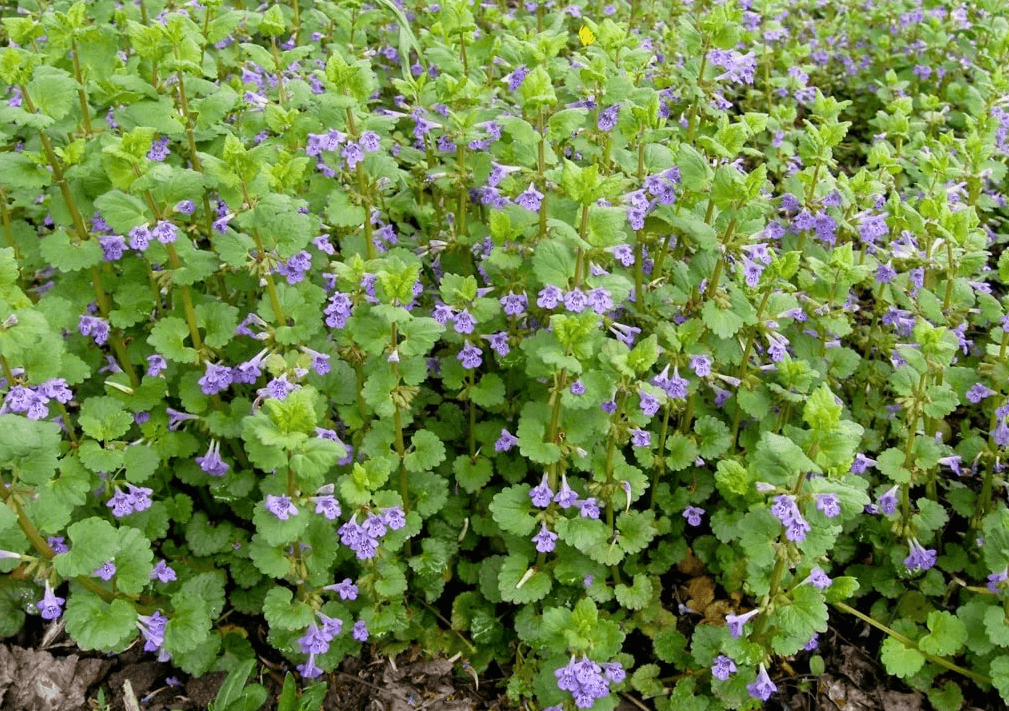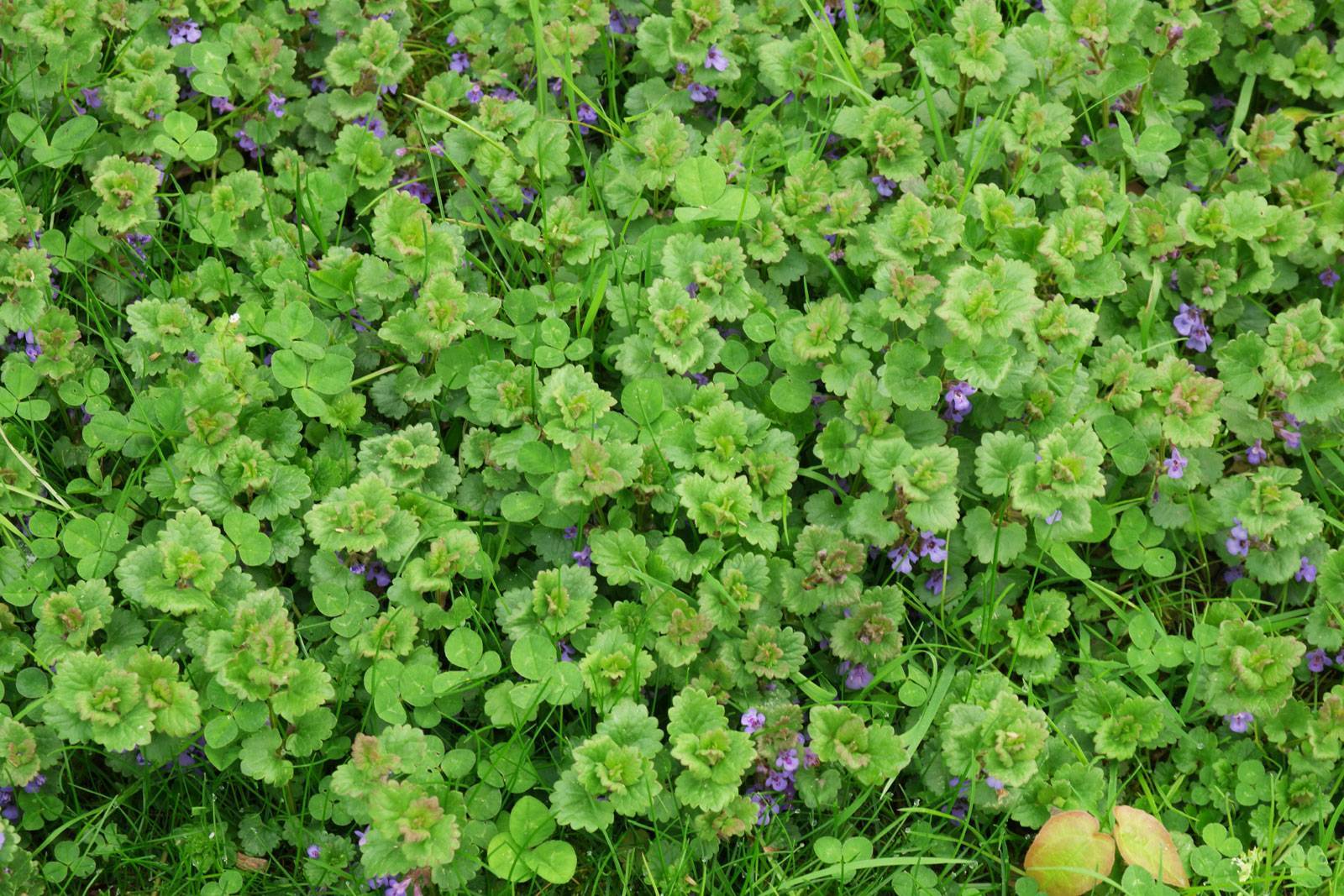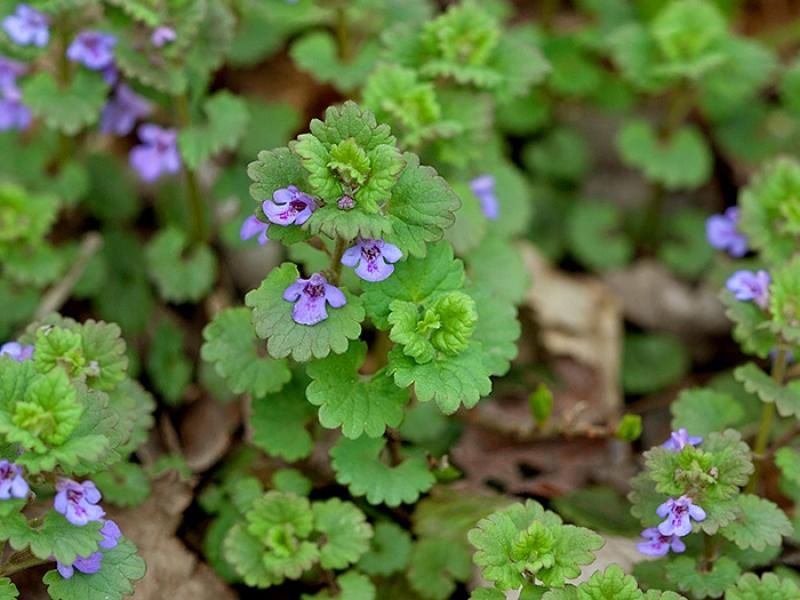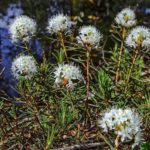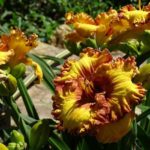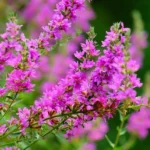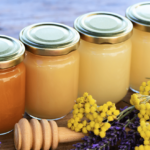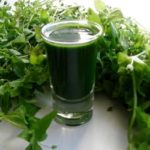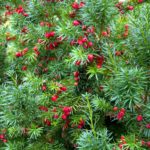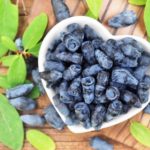Budra ivy is a perennial herbaceous plant that has a rich chemical composition. The beneficial properties of culture are associated with this. Various decoctions, infusions, and syrups are prepared based on this herb. In order for a plant to give the desired effect, it must be used correctly. It is important to take into account that the culture also has certain contraindications for use.
Description of the plant
This plant is a herbaceous perennial. The shoots of the crop can reach 50 centimeters.Flowers appear on ground branches. In addition, ivy leaf bud has creeping vegetative shoots that are located on the surface of the soil. They have nodes from which roots grow and are anchored in the soil. The leaves are opposite and are fixed by petioles.
The flowers have blue-violet corollas located in axillary rings. The flowering of the crop begins in April and lasts until the end of summer. After this, elongated oval fruits appear on the bushes. They are brown nuts.
This plant is characterized by its widespread distribution. It is found near roads, in vegetable gardens, fields, and orchards. Budra ivy grows well in fertile soil with high humidity. It has become widespread in North America, Europe, and Asia. The culture is also found in all regions of Russia.
Chemical composition
Budra is considered an aromatic plant. Despite the content of toxic substances, the herb has a large number of beneficial properties. The upper part of the plant includes aldehydes, saponins, carotene. It also contains choline, alkaloids, and essential oils.
In addition, the culture contains important amino acids - methionine and cysteine. In addition, it contains tannins and resins. Among the minerals, it is worth highlighting manganese, potassium, and zinc.
Beneficial features
The plant is often used in folk medicine. Thanks to its use, it is possible to achieve the following effects:
- Improve the functions of the heart and blood vessels, respiratory and digestive organs, and central nervous system.
- Prevent the formation of cholesterol plaques.
- Accelerate tissue restoration.
- Achieve a diaphoretic, hemostatic, anti-inflammatory, antiseptic effect.
- Normalize metabolism in the body.
- Improve the functions of the organ of vision.
Budra ivy has a beneficial effect on the condition of the female body during menopause, as it helps stabilize the balance of hormones. In addition, the herb has general strengthening properties and tones during the recovery stage after illness. The plant also successfully copes with parasites and helps slow the growth of malignant cells.
Indications for use
The culture can be used to prevent strokes, heart attacks, atherosclerosis and varicose veins. The irritant effect on the respiratory tract makes the herb an excellent expectorant for prolonged coughs. Budra can be used to combat bronchitis, tracheitis, and laryngitis. She also successfully copes with tuberculosis, bronchial asthma, and pneumonia.
In addition, ivy budra has the following indications for use:
- diarrhea;
- furunculosis;
- enterocolitis;
- gout;
- hepatitis;
- cholelithiasis and urolithiasis;
- malaria;
- anemia;
- chronic rhinitis;
- dermatological pathologies - the plant successfully copes with rashes, eczema, psoriasis, scabies;
- conjunctivitis.
Who should not be prescribed budra?
Ivy budra can also cause harm to the body, as it is a poisonous crop. It is strictly prohibited to use during pregnancy and lactation. Other important contraindications include the following:
- pathologies of the digestive system - first of all, low acidity of gastric juice;
- arterial hypertension;
- increased blood clotting, tendency to thrombosis;
- pathologies of the kidneys and liver.
Traditional recipes with the plant
The grass and flowers of the crop are used to prepare water and alcohol infusions and decoctions. They are taken orally or used externally - in the form of baths, lotions and compresses. It is also permissible to use the juice and essential oil of the plant.
Water infusions
For external use and rinsing, it is permissible to use an infusion of the plant. To do this, pour 20 grams of herb with a glass of boiling water. It is recommended to leave the mixture for 30 minutes and then strain. For sore throat, rinse with infusion 3-4 times a day.
The composition also helps to cope with stomatitis, toothache, gingivitis and gum pathologies. For dermatitis and wounds that do not heal well, lotions are required. To do this, it is recommended to apply napkins soaked in the infusion to the affected areas several times a day.
If necessary, for internal use, you need to brew 1 small spoon of herb in a glass of boiling water. It is recommended to wrap the resulting mixture and leave for a quarter of an hour. As a result, you will be able to obtain a daily dose of the substance. For cough, anemia, malignant tumors and metastases, it is recommended to take the composition 4 times a day. It is recommended to do this 1 hour before meals. A single dose is 50 milliliters.
Evening foot baths, to which you should add undiluted infusion, will help cope with the pain of gout. To make a useful product, it is recommended to take 50 grams of raw materials per 1 liter of boiling water and leave to infuse for a quarter of an hour. Herbal baths also help cope with pain and activate the process of tissue repair in case of dislocations and fractures. This procedure also promotes the healing of external cracks.
To cope with discomfort during menopause, you need to take 15 grams of budra and add 500 milliliters of water.It is recommended to infuse this mixture for half an hour. The composition must be taken 50 milliliters three times a day.
In combination with yarrow, budra perfectly treats chronic rhinitis. Herbs need to be mixed in equal parts. After this, 40 grams of raw material should be poured with 300 milliliters of boiling water and left to brew. It is recommended to instill the strained infusion into the nose three times a day. To do this, use 3 drops in each nostril.
Decoctions
Such products are usually used for external treatment. To prepare them, pour a tablespoon of budra into a glass of boiling water and place in a steam bath. It is important that the liquid in a large container does not boil too much. The broth should be simmered for half an hour, cooled and strained. After this, you need to add water to it to get the original volume. The product is recommended to be used to combat dermatitis, rashes and purulent wounds.
For rinsing the mouth and inhalations, it is worth preparing a decoction of 1 tablespoon of raw materials and 1 liter of water. The composition must be boiled in a water bath for 10 minutes. Warm liquid should be used to rinse the mouth. Inhalations should be used to treat catarrh in the upper respiratory tract. They are also suitable for combating chronic rhinitis.
Other recipes
Fresh crushed grass in the form of a paste can be applied to wounds that are not healing well. The composition is also suitable for combating ulcers and boils. Budra helps draw out pus and speed up healing.
Essential oil is prepared from the plant. It is not used for medicinal purposes, but is used to flavor homemade tinctures. Young fresh budra greens can be used for marinating meat and adding to green salads.
To achieve better extraction of beneficial substances, ivy budra should be infused with alcohol or vinegar. To obtain an alcohol tincture, it is recommended to use vodka. To do this, you need to mix the grass with alcohol in a ratio of 1:10. It is recommended to place the composition in a glass container, close it tightly and place it in a dark place for 10 days. The tincture should be taken once a day before meals. Single dose – 20 drops. The product helps to cope with diseases of the digestive and genitourinary systems. It also eliminates headaches and infections.
Alcohol tincture is often used to make lotion. To do this, you need to mix the cosmetic product in equal parts with an aqueous infusion of budra and wipe the skin covered with acne.
You can also make a vinegar tincture. To do this, you need to take 20 grams of dry herb per 100 milliliters of table vinegar. The composition must be infused for a week, shaking it periodically. After this, it is recommended to filter it. The substance is suitable for external use only. In particular, this remedy helps cope with scabies mites.
Fresh budra juice brings great benefits. To obtain such a product, fresh raw materials must be crushed in a blender and squeezed through cheesecloth. This composition is recommended for adults to take 3 times a day. A single dose is 3 tablespoons. Children need to take 1 small spoon three times a day. In this case, the composition must be diluted with tea or water.
This plant is considered an excellent honey plant. Bees collect nectar from this crop in May-June. From 1 hectare it is possible to obtain 15-20 kilograms of honey. This product has a pleasant aroma and brings great health benefits. The composition has a golden hue and contains many minerals, organic acids and vitamins.
This useful product will help restore impaired metabolic processes and replenish the deficiency of valuable substances that are necessary for the full functioning of various organs and systems.
How to store blanks
It is recommended to collect the plant for medicinal purposes during the active flowering stage, which occurs in May-June. At this time, budra contains the maximum amount of valuable components. Stems with foliage and flowers need to be cut 5 centimeters from the ground and sent to dry.
High-quality raw materials should not have foreign impurities, signs of disease or damage by parasites. It is important that the grass is clean. It must be collected away from highways and industrial areas.
It is recommended to dry the grass naturally in a well-ventilated area. It needs to be laid out in a thin layer on paper. Periodically the mass needs to be turned over. It is recommended to store budra in a canvas bag or in a well-closed glass container. This can be done within 12 months.
Budra ivy is a very useful crop that contains many valuable components. In order for the plant to give the desired result, you must strictly adhere to the rules for its use.

